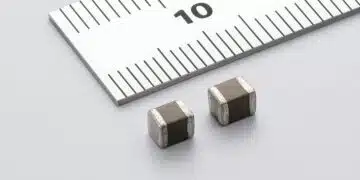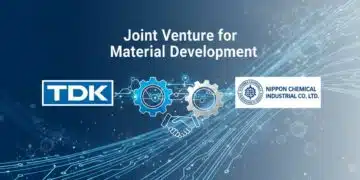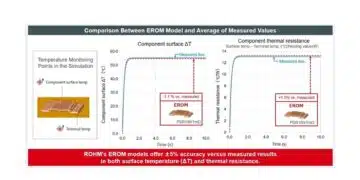This session lead by Frenetic CTO, Jonas Mühlethaler, covers the core principles of Full-Bridge LLC resonant converters and showcase how Frenetic AI transforms a traditionally multi-hour design process into a task you can complete in the time it takes to drink your morning coffee.
In today’s rapidly evolving electronic design landscape, time-efficient and accurate design methodologies are crucial. This article outlines how Frenetic AI revolutionizes the design process of LLC resonant converters, enabling comprehensive designs within the duration of a typical coffee break.
Overview of LLC Resonant Converters
An LLC resonant converter is a type of DC-DC converter that offers high efficiency through zero-voltage switching across a broad output voltage range. It typically comprises:
- Full-Bridge or Half-Bridge Configuration: Manages input voltage conversion.
- Resonant Tank: Consisting of resonant components (inductor L, capacitor C) and the magnetizing inductance of the transformer.
- Output Stage: May include full-wave rectification or center-tapped configurations for improved performance.
Simplified Theoretical Foundation
The LLC resonant converter operates on the principle of first harmonic approximation, simplifying the complex topology into manageable calculations:
- Input Representation: Modeled as a sinusoidal voltage source.
- Output Representation: Simulated by an equivalent resistor representing load resistance.
- Gain Function: Defines the relationship between output and input voltages, modifiable through frequency adjustments.
Design Methodology Using Frenetic AI
Step 1: Input Configuration
Users start by specifying design parameters such as input voltage range (e.g., 300-400V), output voltage (e.g., 48V), and power output (e.g., 600W).
Step 2: Automated Analysis
Frenetic AI automates the calculation of optimal LC and LM values, adhering to the project’s constraints. The tool leverages advanced algorithms to navigate through various design possibilities quickly.
Step 3: Simulation and Refinement
Designs can be exported to simulation software (e.g., LTspice or Plex), enabling detailed performance validation. Frenetic AI also allows for:
- Magnetic Component Design: Integration of leakage inductance or separate inductors based on design preferences.
- Performance Optimization: Adjustments to switching frequencies and component values for thermal management and efficiency.
Advanced Features
- Magnetic Simulator Integration: Offers in-depth analysis of winding configurations, core selections, and thermal behavior.
- Multi-Point Analysis: Evaluates performance across variable input conditions.
- Design Collaboration: Facilitates sharing and version control among team members.
Conclusion
Frenetic AI significantly reduces the time and complexity associated with LLC resonant converter design. Its intuitive interface, combined with robust analytical capabilities, makes it an indispensable tool for power electronics engineers aiming for efficiency and precision in their projects.































